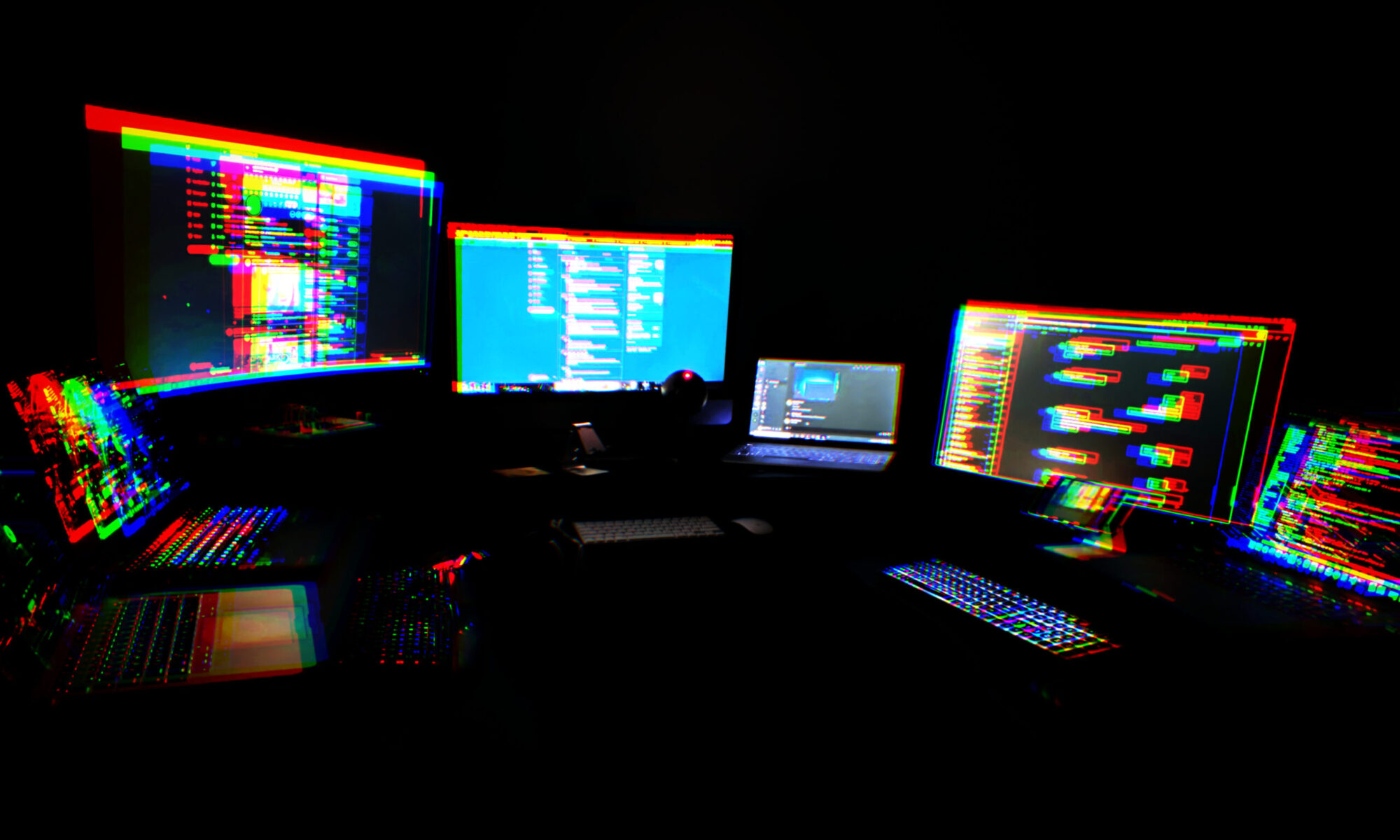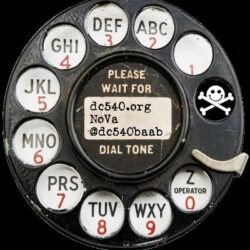I built this proof-of-concept last year. There are lots of people doing circuit-bending experiments, and the older model of the Alesis SR16 is a somewhat popular platform. It’s affordable, if you can find the older through-hole model (the surface mount version runs about the same price, and there are more of these out there on eBay et al, and it might be difficult to tell the difference. But most circuit-benders are happiest with traditional analog switches, knobs and patch cables. I wanted something a bit more flexible, and for lack of a better word, fluid.
So I set about connecting all the available/usable pins of the sound module IC to opto-isolator relays, and connecting all of the relays to a common “ground.” Then I set up a Raspberry Pi to control the relays via the GPIO pins. Then I added the 7″ RPi touch screen and slapped together a quick Python GUI for controlling the relays through the Pi, stealing some on/off switch graphics from somewhere on the net to populate the GUI.
This isn’t what I consider an end result, it’s a jumping off point. From here I can easily figure out which pin combinations generate my preferred sound modifications. I can then add buttons that apply those pin groupings as “mood” combination settings. I can add a MIDI controller so that I can automate it from my keyboard or DAW. The possibilities are limitless. Flexible, fast pin coupling changes, automation, etc.
Now that my soldering skills have leveled up a few points, I’m going to spend some time revisiting this project, and maybe mount it in a more permanent housing. What other fun things can I do from here? Oh yes, blinky LEDs? That’s a must.

